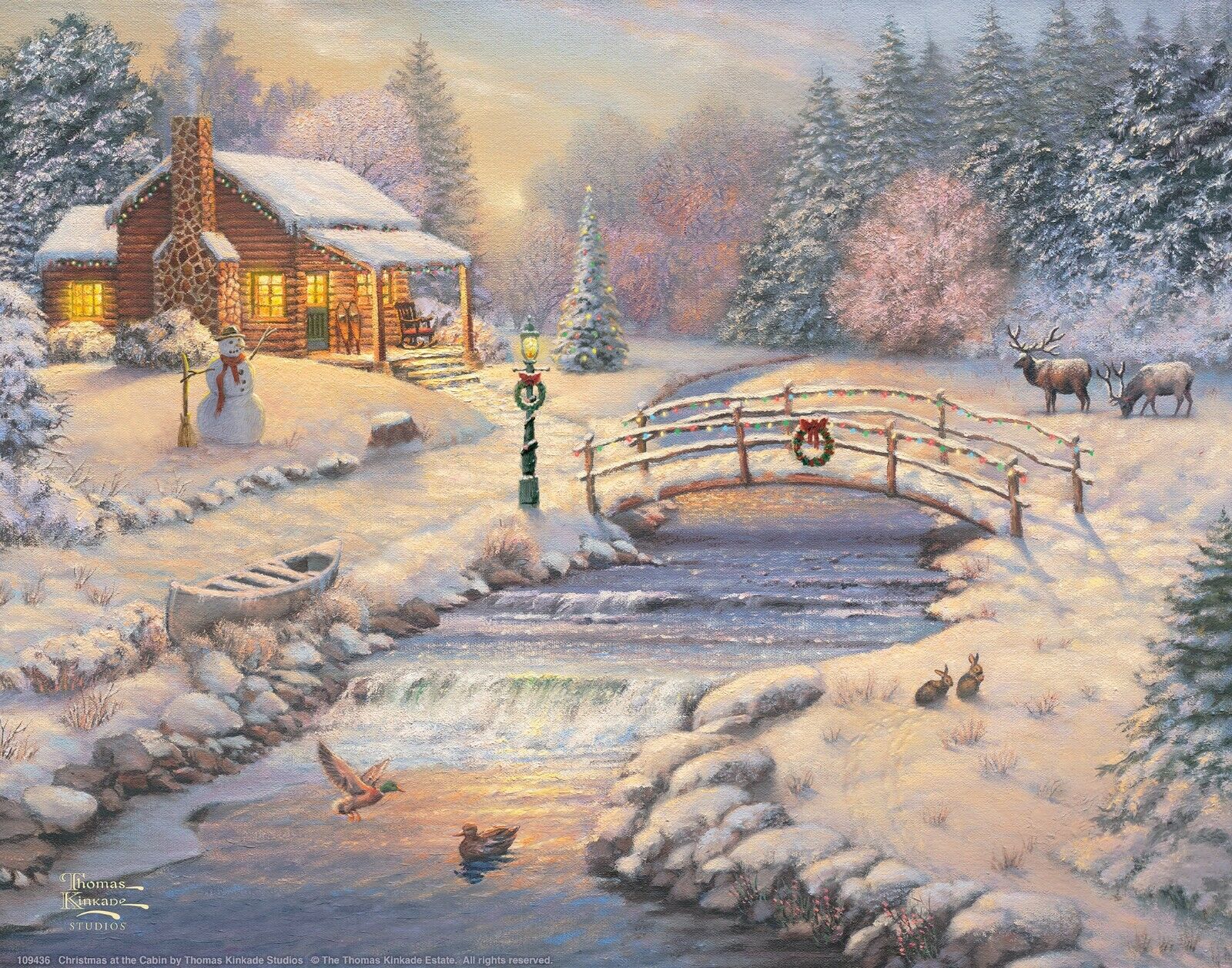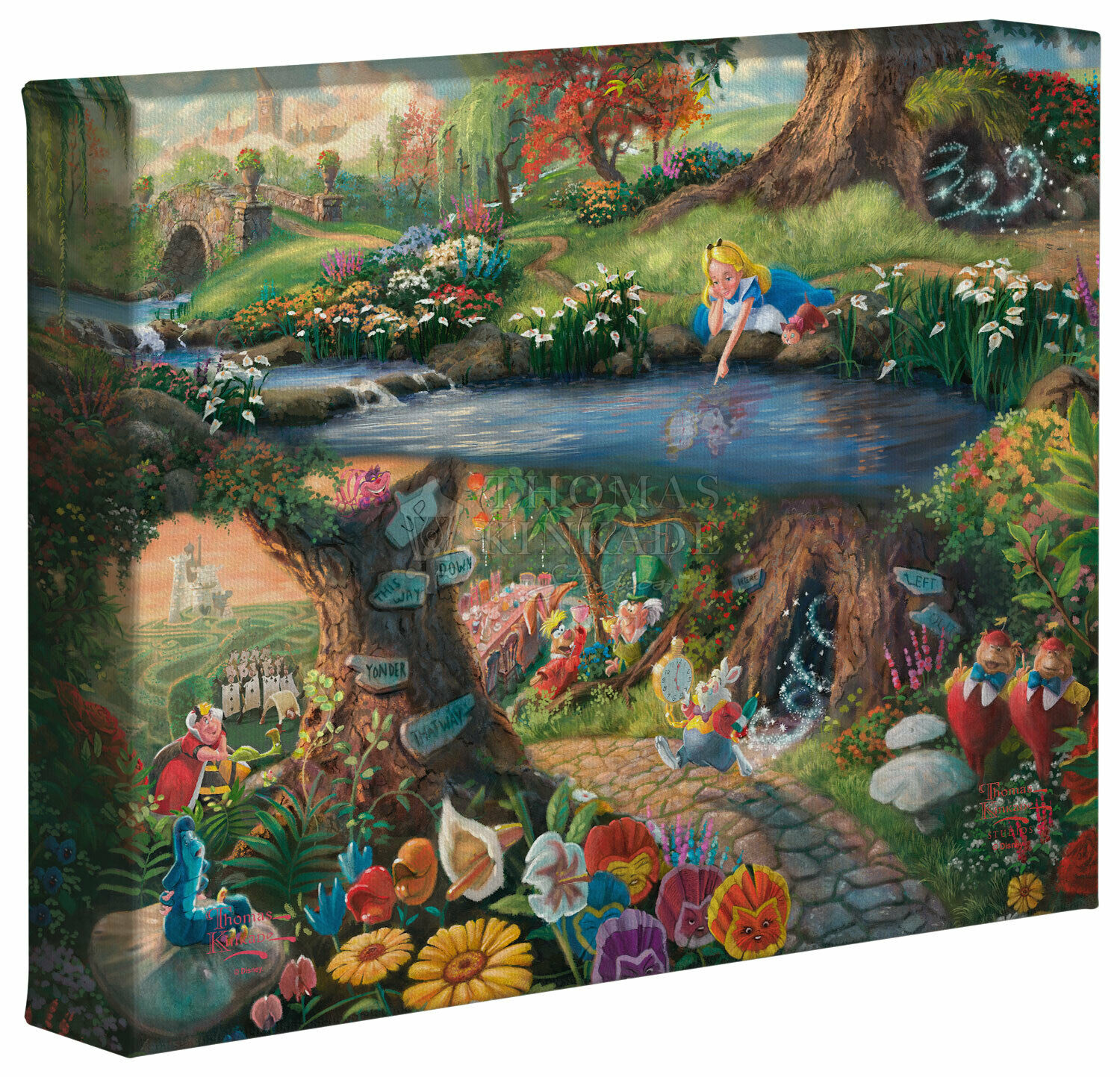-40%
SCARCE FINE SIGNED WOODY CRUMBO NATIVE POTOWATOMI INDIAN " NIGHT RIDER " ETCHING
$ 126.71
- Description
- Size Guide
Description
This is an Estate Fresh old Original Etching done by the World renown Artist Woody Crumbo. This is an original piece of art titled and signed by the artist along the bottom margin. You can see the impression mark in the paper when the plate was pressed into the paper which is the technique used for etchings. Its in fantastic condition and comes mounted and framed as you see it in my photos. Its a great size framed at 10.5"tall x 11 5/8" wide. The image is5.5" x 3.875".
The art of Woody Crumbo communicates the spirit of the American Indian in harmony with nature and all men. His work is exuberant where deer and horses soar like weightless spirits and figures swoop into dance and Horses run.
“Woody” Crumbo was an
artist
,
flautist
, and
dancer
who lived and worked mostly in the West of the United States. Crumbo works in oil and egg tempera, as well as in watercolor, sculpture, stained glass, and silkscreen. Under the guidance of Olle Nordmark, he also learned etching. As an independent
prospector
in New Mexico in the late 1950s, he found one of the largest
beryllium
veins in the nation, valued at millions of dollars.
His paintings are held by several major museums throughout the United States and abroad, including:
… The
Smithsonian Institution
: American Art Museum, Renwick Gallery
… The
Metropolitan Museum of Art
… The largest collection (175 pieces) at the
Thomas Gilcrease Institute
in
Tulsa, Oklahoma
. Crumbo was a 1978 inductee into the
Oklahoma
Hall of Fame for his paintings. He was appointed as an "ambassador of good will" for Oklahoma in 1982 by Governor
George Nigh
.
... Queen Elizabeth of England owns a complete numbered set of Crumbo's etchings and silk screens
… the Museum of Modern Art, New York City owns a complete numbered set of Crumbo's etchings and silk screens
He was born near Lexington, Oklahoma on January 31, 1912 as Woodrow Wilson Crumbo on his Potawatomi mother’s (Mary Ann Hurd) tribal allotment of land. His French father, Alex, was a horse trader. Unfortunately, by the time he was seven in 1919 he was an orphan, but his nomadic early life, living with different Indian families around Sand Springs Oklahoma, including Creek and Sioux, and later becoming friends with a group of Kiowas with whom he studied art, instilled an appreciation for the diverse and disappearing cultures and traditions of the country’s tribes. With art, he found a way to honor, promote, and preserve this history. Being orphaned, his education was stopped for ten years. In the desolate plains of Oklahoma, Crumbo learned to dance and play the flute - creative exercises that
would be a constant in his art and life. Crumbo played the ceremonial cedar wood flute of the Kiowas and was a featured soloist with the Wichita symphony in 1932-1934.
When Crumbo was 17, he began studying art at the Chilocco Indian Agricultural School. He earned a scholarship to the Wichita American Indian Institute, graduating as valedictorian and continued his studies at Wichita University and the then University of Oklahoma.
While studying at Wichita University and later the University of Oklahoma, he supported himself as a dancer, learning different tribe’s dances from across the nation. This is probably why out of all his portrait paintings, the dancers feel the most present and alive, the detail on their costumes studied down to each feather tip.
While he had a knack for any and all art forms, with painting and printmaking Crumbo found distinction.
He was one of the first Native American artists to dive into oil painting as a medium, adding dimension to the flat figure style popularized by the “Kiowa Six” in tempura. Inspired by the narrative, representational qualities of
Plains hide painting
and
Ledger art
, the Kiowa Six had created a new style of painting that portrayed ceremonial and social scenes of Kiowa life and stories from
oral history
, which is characterized by solid color fields, minimal backgrounds, a flat perspective, and emphasis on details of dance regalia. While capturing traditional symbolism and ceremony were a major focus, his experimentation progressed with his career, becoming less and less what was expected from Native American art. This was especially true with his animals.
None of Crumbo’s work was aimed at figurative realism, but with the animals he especially brought out what he saw as their spirit, often in vivid blues and lunging, long steps.
Yet as many artists have found, widespread success isn’t a guarantee for financial security, and he had a plan, a rather outlandish plan. In 1954 he ordered a mineral identification kit for from a catalogue in 1954 and started prospecting with
Max Evans
, a Western artist. Even with their inexperience, in two years
they’d discovered deposits of uranium, copper, and one of the biggest known finds of beryllium worth millions
, freeing Crumbo to focus exclusively on art.
Looking at the wide-eyed deer and rainbow-hued stallions, it is probably not much of a surprise that peyote and its spiritual visions inspired Crumbo. In 1938, he became director of art at Bacone College (the oldest college in Oklahoma, founded as the Indian University in 1880), taking over from Acee Blue Eagle, another artist
who had an inclination towards gravity-defying blue deer
. While there, he created a stained glass window for the chapel, which is one of the very few Native American-made church windows in the world, and definitely the only one to feature a peyote ceremony motif right in the middle of a Baptist church.
In 1939, the U. S. Department of the Interior, which includes the Bureau of Indian Affairs as one of its constituent agencies, commissioned him to paint murals on the walls of its building in Washington, D. C. A few years later he curated a collection of Native American art at the
Thomas Gilcrease Institute
in
Tulsa
. Crumbo's "peyote bird" design became the logo for the
Gilcrease Museum
.
From 1948 to 1960, Crumbo lived in
Taos, New Mexico
. He exhibited at numerous shows and became more widely known both nationally and internationally because he adapted some of his work to techniques of engraving and printing, making affordable editions.
In the 1950s, Crumbo bought a mail-order mineral identification kit; he took up prospecting with fellow artist Max Evans. The two found deposits of ore worth millions, including a vein of
beryllium
that the New Mexico School of Mines identified at the time as "among the greatest beryllium finds in the nation." Crumbo became "a major stockholder in Taos Uranium and Exploration Corp. that was formed by a group of Texas investors to develop the claims" for beryllium and copper". With his first interest as art, Crumbo served as Assistant Director of the
El Paso
,
Texas
Museum of Art from 1960–1967 and briefly as Director in 1968.
He left to work independently at art and explore humanitarian efforts. He’d been a fierce supporter of preserving culture. He aided the
Isleta Pueblo
Indians of New Mexico to gain federal recognition and regain their tribal status and donated money to help the Potawatomi build a cultural heritage center near Shawnee.
In 1973 he took up residence near
Checotah, Oklahoma
, where he continued to create and to promote Native American art. In 1978, he was inducted into the
Oklahoma Hall of Fame
.
He moved to
Cimarron, New Mexico
in 1988, and died there in 1989. His body was returned for burial in
Okmulgee, Oklahoma
.
When Crumbo died on April 4, 1989, he’d spent years working as a curator at museums like the Gilcrease Museum in Tulsa and the El Paso Museum of Art in Texas to expand and establish their Native American art collections. His art also remains affordable thanks to Crumbo’s interest in accessibility, and even if their mass production has contributed to their devaluing, the loving portrayals of a culture that even as he painted it was fading gave it an undeniable value.
Please check out my
item condition description above
and check out my photos so that you will know exactly what you are buying
because you are buying it as seen, as is, and as found
. Any questions PLEASE ask! Thanks for looking at my Auctions & Buy it Nows, and PLEASE, check and see the other cool stuff I have listed currently!!
I
do not guarantee the age or details of any piece I sell, I am not an expert on age or anything else and can only describe the items to the best of my ability, though I will NOT, knowingly anyway, sell reproductions. My descriptions are solely there to assist buyers finding the items and are not a guaranteed accurate description of the item in all cases. Ultimately the pictures we take serve as my description and it is your decision based on that to decide what you are buying.
If you do need information I have neglected to include, please don't hesitate to ask any questions.
I'll combine shipping on any items sold, ending on the same day, if possible.
.














